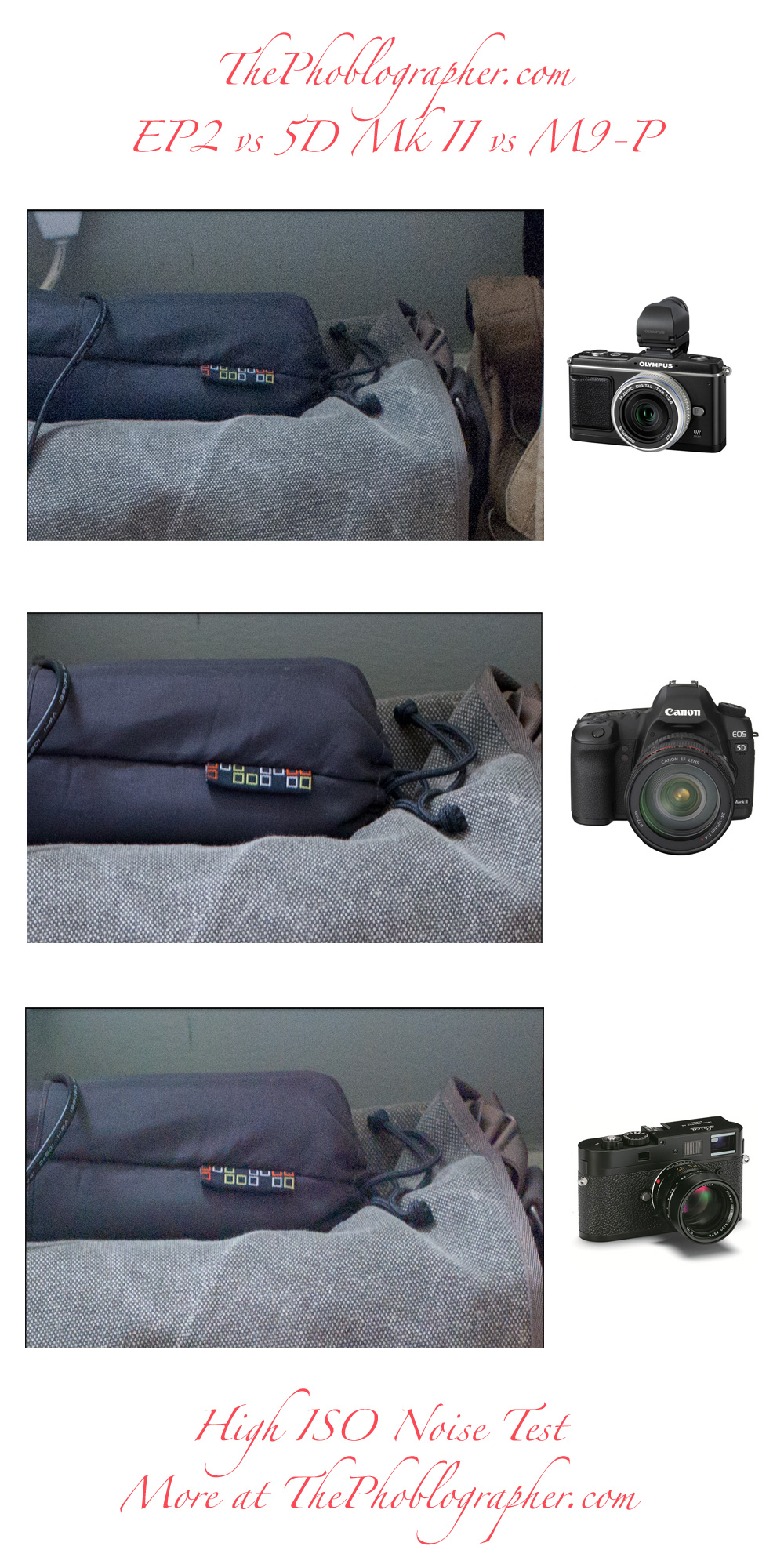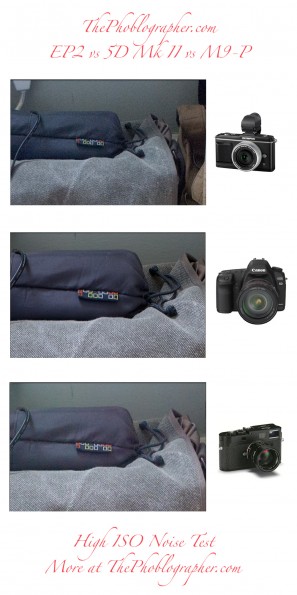Last Updated on 08/01/2011 by Chris Gampat
With the Leica M9P(or M-9P and M9P) around for a little while, I decided to put it up against my trust Canon 5D Mk II
and the Olympus EP2
(or E-P2 and EP-2) to see how the high ISO noise levels are. Granted, all three of these are different cameras: one is an EVIL camera, one is a DSLR and the other is a rangefinder. They are all used in different ways, but one of the complaints that many people state on street photography, photojournalism, and wedding forums is that the 5D Mk II is the only one with good enough high ISO capabilities.
Well, is it? Take a look at our non-scientific test and judge for yourself.
Conditions
Each camera was set to around the certain levels at ISO 2500 and with the attached lens being set to F/4. The Leica and the Olympus both stated that 1/25 would be the correct shutter speed with the Canon stating that it would be 1/20th. The reason for the differences in the metering was because I metered each scene to what the camera thought was balanced. Either way, they were all set on a tripod and took approximately the same photo.
In post-production, the 5D Mk II was set to match the exposure levels of the other cameras while the M-9P and EP2 were set to match the 5D Mk II’s white balance.
The Canon 5D Mk II had the 35mm f1.4 L (reviewed here) attached. The Leica M9P had the 35mm f2.5 Summarit attached. Finally, the Olympus EP2 had the 17mm f2.8 attached.
Each camera was set to capture photos at the 3:2 aspect ratio.
No other processing was done except for resizing the photos down below for the web.
Purpose of the Test
The purpose of the test is to hopefully answer the questions of users on forum after forum that ask whether they should get a DSLR, rangefinder or Micro Four Thirds camera for their photography. Indeed, they all do different jobs and have different characteristics. However, in a world where everyone has rangefinder lust, loves retro looking cameras, and where everyone is trying to predict the end of the DSLR, hopefully this test will go to show the capabilities of each.
The Results
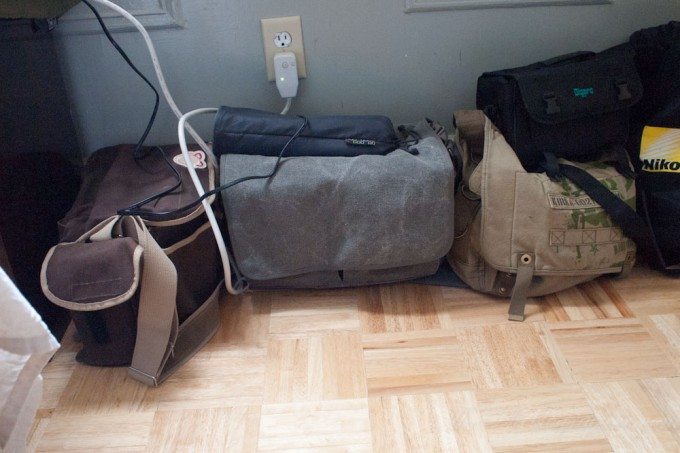
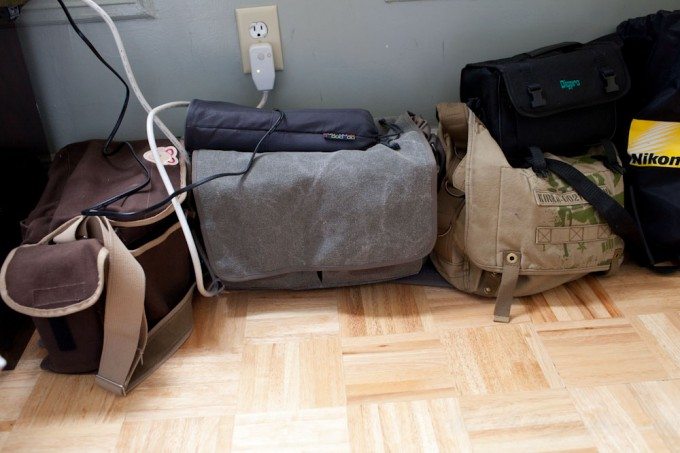
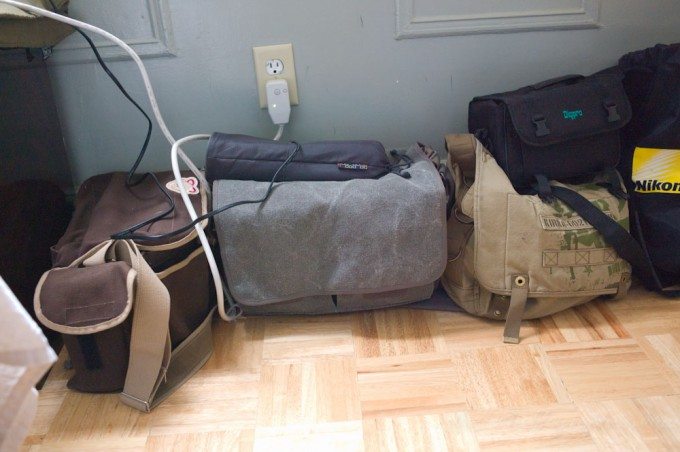
Findings
As you can see from the test, the Canon 5D Mk II is the clear winner with the cleanest ISO readings at 2500. Canon 21MP sensor and DIGIC IV processor does an excellent job—which only harkens back to the fact that even three years after it was announced it is still a force to be reckoned with.
Interestingly, the EP2 and M9-P are almost neck in neck. The M9-P wins as far as showing less overall noise but there is some really nasty color noise especially in the blacks. In contrast, the EP2 is a bit noisier but with less color noise. Both cameras use CCD sensors from Kodak, so this is a very interesting test to see (edit, just to clarify: we’ve been told by Olympus technical reps before that the LiveMOS sensor is a CCD with lower power consumption.)
2nd edit: Olympus Australia contacted me via twitter and stated that the sensor is a MOS sensor and not a CCD. This goes against what an Olympus America rep had told me before. I did some more research into it, and still am working on that. Then I saw a forum on DPReview linking to this post and debating it themselves. At the moment, I’m not exactly sure what to think but I will go with the statement that Panasonic produces the sensor and that it is a MOS sensor.
With this said, I think we need to consider some extra evidence. The fact that there is little to no jello effect with the EP2’s sensor and the Panasonic GH2’s while recording video is quite interesting. In contrast, the EP3’s sensor shows quite a bit of jello while recording video: at least it did when I was working with it. So with this said, I believe that the sensor is not CMOS as everyone else has been saying. CMOS sensors show much more pronounced jello.
Either way, whomever manufactures the sensor or what type of sensor it is should not lead you astray from the results of this quick test. Oh, and don’t act like you don’t ever not sit there and just take photos of random things around your room 😉
Translation into Real Life (As far as ISO results are Concerned)
Wedding Photographers- You are less likely to actually need to convert to black and white with the 5D Mk II. Additionally, you’ll be happy that saving the exposure of the files will be easier due to the larger dynamic range.
Photojournalists- Same as wedding photographers.
Concert photographers- focusing a rangefinder in dim light can be extremely tough to do. Stick with hyperfocal length focusing or use the DSLR instead.
Sports photographers- the DSLR is king. End of story
Landscape photographers- the DSLR will give you the image quality you’ll need. If Ansel Adams can take glass plates into the Arctic, you can do this.
If you’d like to read more, check out how the 5D Mk II vs 7D vs EP3.
Please Support The Phoblographer
We love to bring you guys the latest and greatest news and gear related stuff. However, we can’t keep doing that unless we have your continued support. If you would like to purchase any of the items mentioned, please do so by clicking our links first and then purchasing the items as we then get a small portion of the sale to help run the website.


